Browsing and wishing for a better budget, I was particularly fascinated by the work of two artists who both had been inspired by nature. Their styles, though, within the context of a ceramics fair could hardly be more different. It is precisely this spectrum of working with - and being inspired by - plants that fascinates me most: whether in the garden or in art, applied arts, crafts and - ultimately - science.
Here at the Geffrye Museum the focus was more on the lights that featured plants and woodland scenes. The process to create these pieces, I learned, is to cast them (slipcast, to be precise), fettle and bisque fire them, then a stencil - hand cut from Amy's own drawings - is applied and the surface around it is sandblasted until the motif stands proud. Finally, they are fired at a high temperature and diamond polished to give that lovely satiny look and feel.
The other artist had gone down a very different route. Instead of translucent, fragile porcelain she uses "proper" clay that instantly lends an earthy feel. On her website, Lisa Ellul confesses: "I've always had a love of nature and been fascinated by the beautiful natural structures and textures found in plants, bark and seed pots. It is this natural theme that inspires my ceramics."
Tiles with imprints of flowers, leaves and seeds showed the latters delicacy and intricacies up close, very much like cards or pictures with pressed flowers. Which, in essence, these tiles are - except, of course, that the actual flowers have been removed after being pressed into the raw clay tile and only their imprint is left, made to stand out by giving them a wash with oxides before the final firing. Sometimes a bit of gold leaf is added to focus on details and presumably give depths.
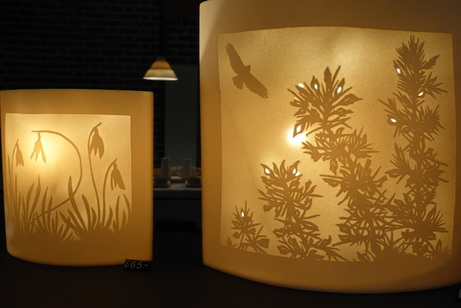
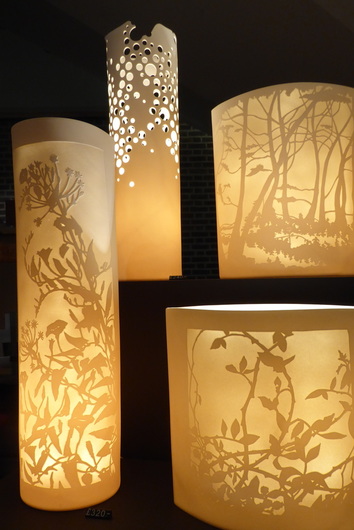
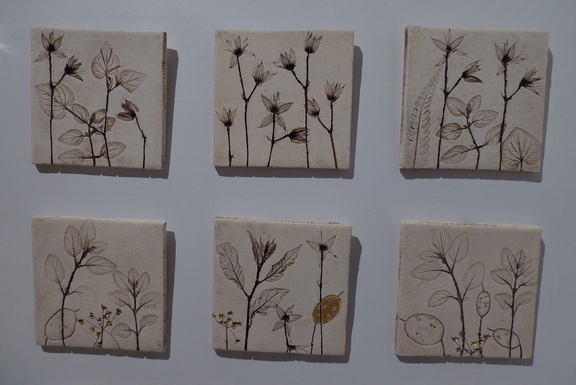
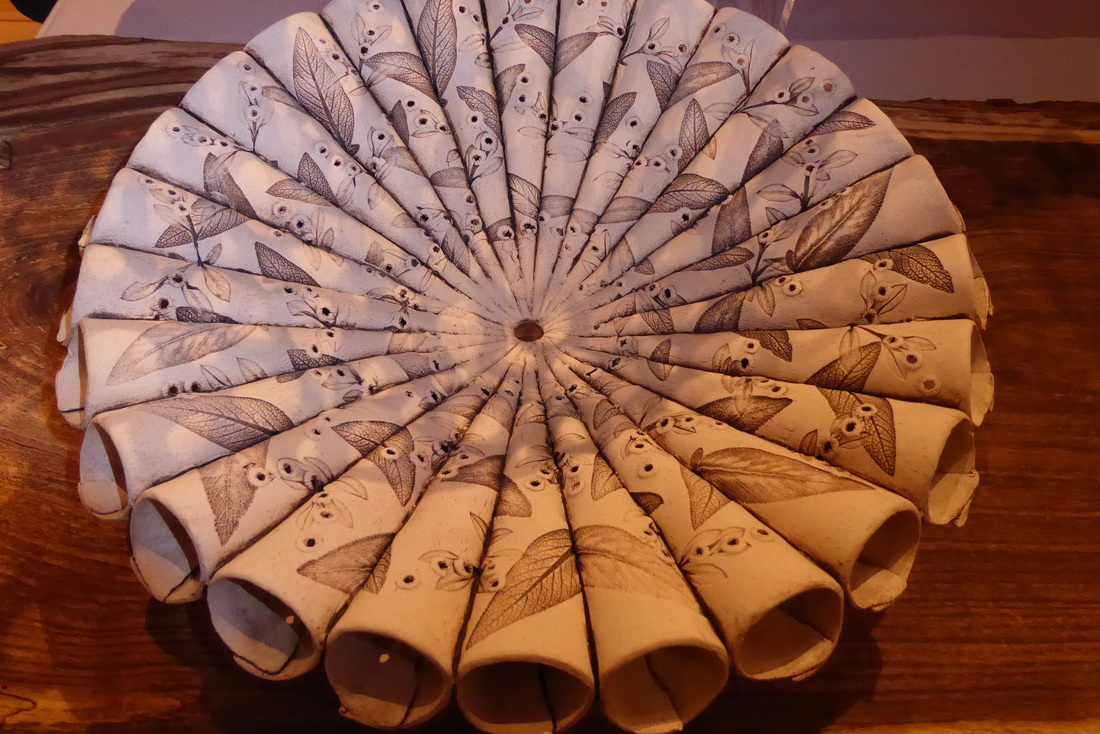
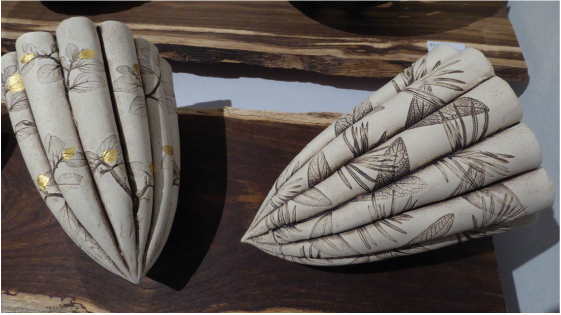
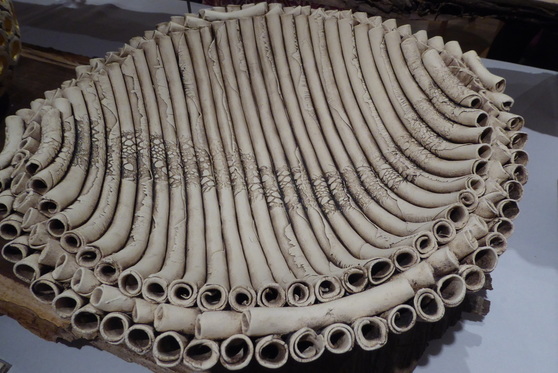
 RSS Feed
RSS Feed